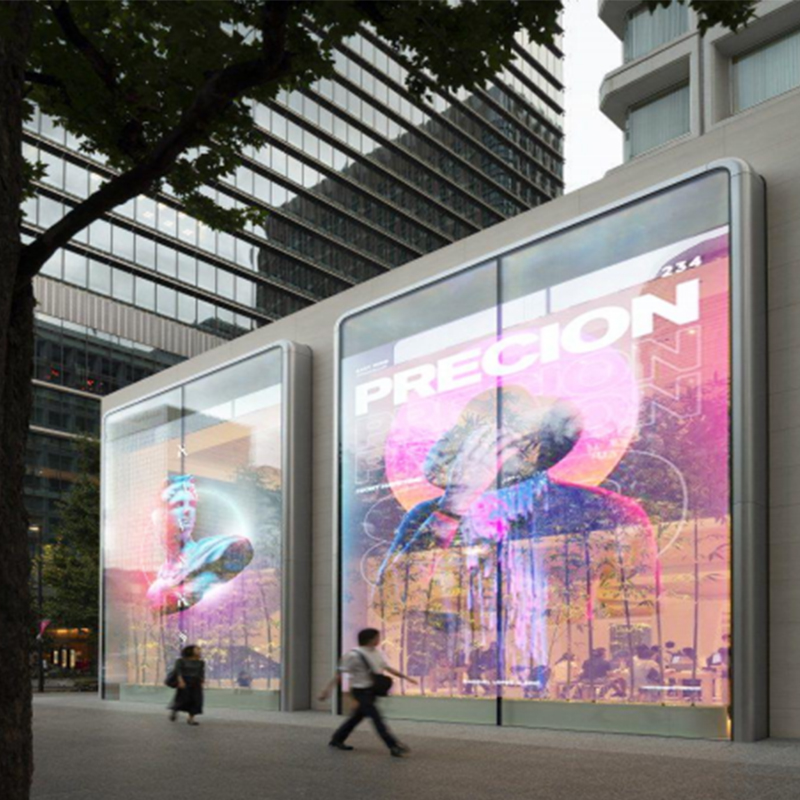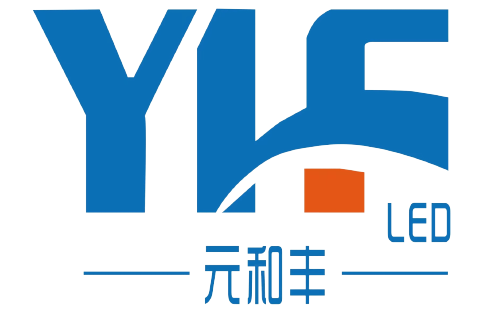Introduction: Energy-Saving Screens Paving the Path for a Sustainable Future

In today's world, where sustainability takes center stage, finding innovative solutions to reduce energy consumption is crucial. One such green innovation gaining significant attention is energy-saving screens. These screens are designed to minimize energy usage in various applications while offering numerous benefits for a sustainable future. In this article, we will explore the advantages and implications of energy-saving screens in the context of sustainability.
1. Energy Efficiency: Reducing Consumption and Environmental Impact
The primary advantage of energy-saving screens lies in their ability to optimize energy consumption. By utilizing advanced technologies such as low-power LEDs and efficient power management systems, these screens can significantly reduce energy usage compared to conventional displays. This translates into lower electricity bills and a substantial decrease in environmental impact, including carbon dioxide emissions and resource depletion.
2. Improved Sustainability in Buildings: Enhancing Green Architecture
In the realm of green architecture, energy-saving screens play a vital role in improving overall sustainability. Their integration in buildings allows for effective management of natural light, minimizing the need for artificial lighting. Furthermore, these screens can regulate temperature and reduce heat gain, leading to decreased reliance on HVAC systems. The result is reduced energy consumption, enhanced occupant comfort, and reduced environmental strain.
3. Energy-Saving Screens in Transportation: Driving Sustainable Mobility
Beyond buildings, energy-saving screens are revolutionizing the transportation sector. From buses and trains to airports and metro stations, these screens are being utilized to display passenger information, advertisements, and other multimedia content while consuming minimal energy. Implementing energy-saving screens in public transportation not only promotes sustainable mobility but also saves significant operational costs for transport authorities.
4. Enhanced User Experience: Balancing Efficiency and Visual Appeal
Contrary to the misconception that energy-saving screens compromise visual quality, these innovative displays are designed to offer both energy efficiency and an enhanced user experience. Manufacturers have developed advanced display technologies that maintain brightness, color accuracy, and readability while minimizing energy consumption. This ensures that users can enjoy visually engaging content without sacrificing sustainability.
5. Promoting Green Initiatives: Inspiring Eco-Friendly Practices
Energy-saving screens serve as an effective tool to raise awareness and promote eco-friendly practices. Whether in public spaces, educational institutions, or corporate environments, these screens can display real-time energy consumption data, environmental statistics, and motivational content, encouraging individuals and organizations to adopt sustainable behaviors. By fostering a culture of sustainability, energy-saving screens contribute to a greener and more conscious society.
Conclusion: Harnessing the Power of Energy-Saving Screens for a Sustainable Future
Energy-saving screens are an essential component of green innovation, offering substantial benefits for sustainability across various sectors. From reducing energy consumption and environmental impact to enhancing user experience and inspiring eco-consciousness, these screens pave the way for a more sustainable future. As the world continues to prioritize environmental preservation, embracing energy-saving screens is a step towards achieving a greener, more efficient, and consciously aware society.
